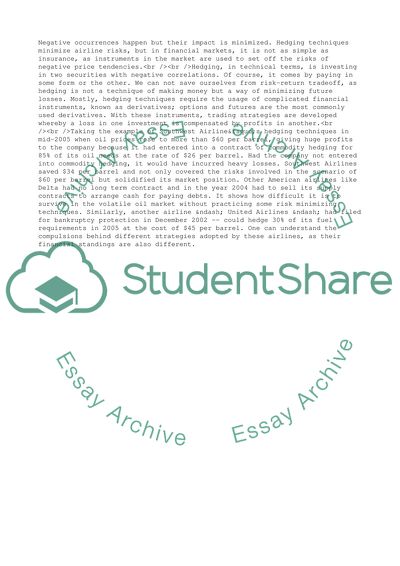Cite this document
(Risk Management of Airline Companies Coursework - 1, n.d.)
Risk Management of Airline Companies Coursework - 1. https://studentshare.org/management/1707126-risk-management
Risk Management of Airline Companies Coursework - 1. https://studentshare.org/management/1707126-risk-management
(Risk Management of Airline Companies Coursework - 1)
Risk Management of Airline Companies Coursework - 1. https://studentshare.org/management/1707126-risk-management.
Risk Management of Airline Companies Coursework - 1. https://studentshare.org/management/1707126-risk-management.
“Risk Management of Airline Companies Coursework - 1”. https://studentshare.org/management/1707126-risk-management.


